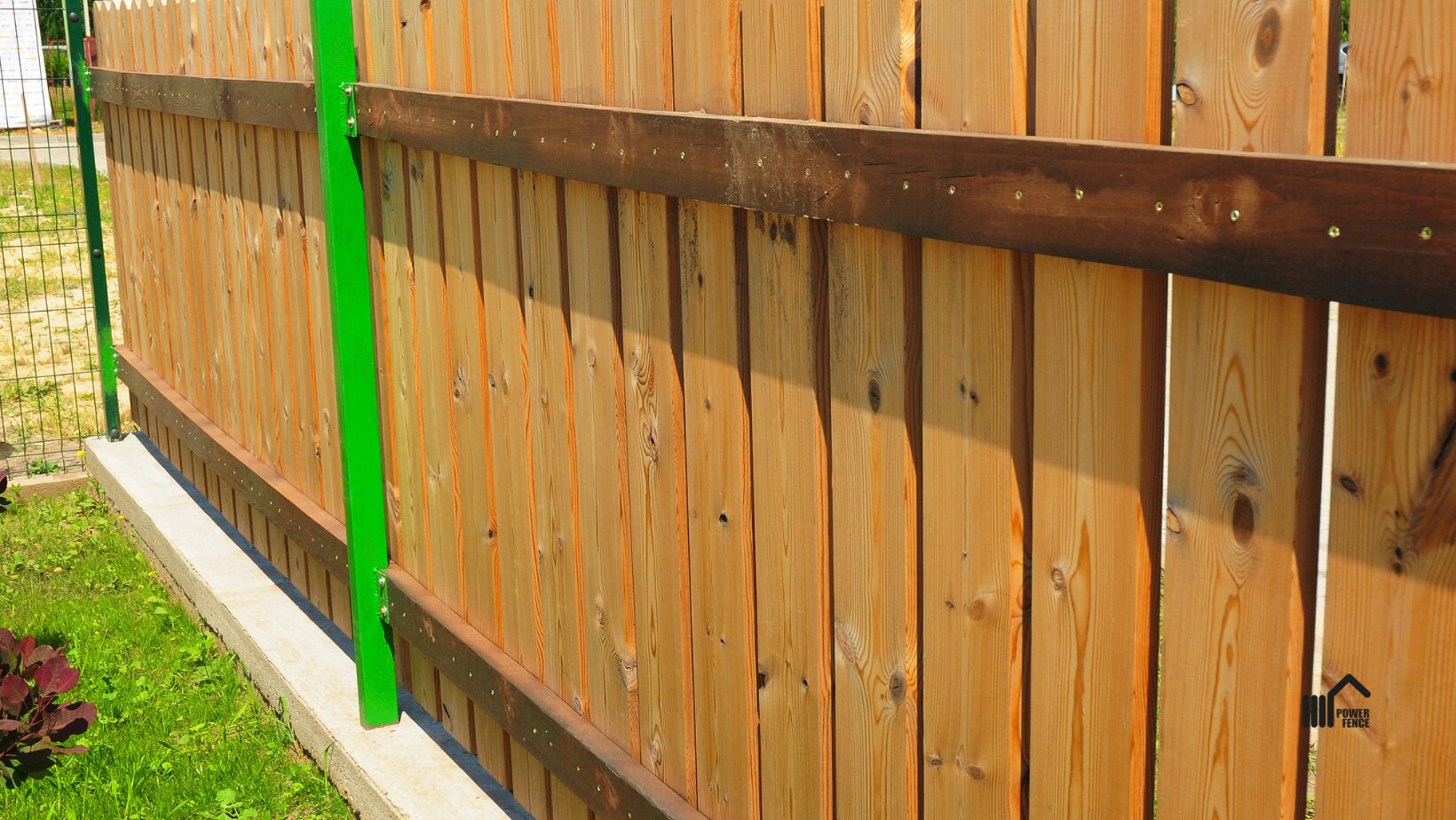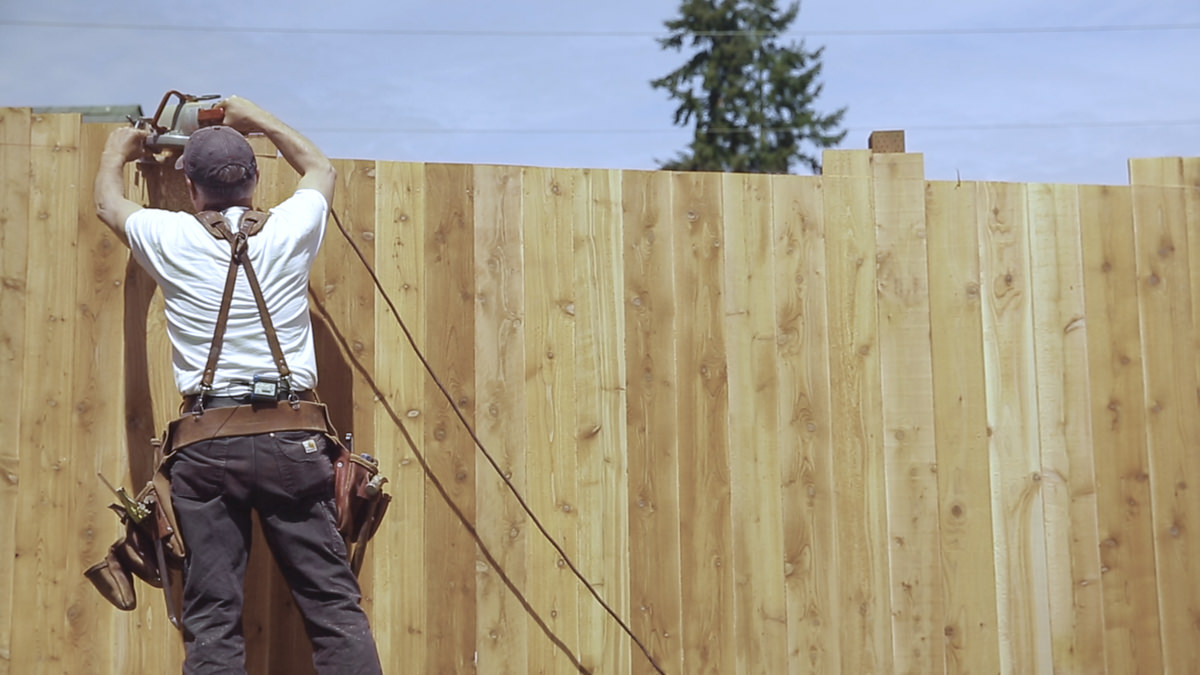Exactly How to Determine Common Concerns That Require Immediate Fence Repair
It is critical to detect issues before they come to be larger problems when it comes to maintaining your fence. On a regular basis looking for indications of decomposing timber, leaning panels, or rust can save you time and cash over time. You could not understand exactly how weather and pests can endanger your fencing's stability. Let's discover the common signs that suggest your fence requires immediate attention, so you can maintain your property safe and secure and looking its best.
Indications of Rotting Timber in Wooden Fences
Have you noticed your wooden fence looking a little bit even worse for wear? If so, it could be time to inspect for indications of decaying timber. Examine the base of the posts and panels for soft spots. If you continue the timber and it feels mushy or crumbles, that's a clear indicator of rot. Next, search for discoloration or dark areas on the wood-- these typically signal moisture damage. Pay focus to any peeling off paint or surface, as this can subject the wood to more decay. Additionally, a pungent, moldy scent can indicate fungal development. Don't neglect to examine connections and joints; if they hang or dropping apart, the wood below is likely jeopardized. By capturing these indications early, you can prevent more comprehensive damages and maintain your fence standing strong. Regular upkeep is crucial to expanding the life of your wood fencing.
Leaning or Tilting Fencing Panels
It's important to comprehend what created it if you've observed your fence panels tilting or leaning. This issue could suggest underlying structural damage that needs your focus. Allow's explore the common causes and the repair work options readily available to obtain your fencing back fit.

Reasons of Leaning Panels
When you see your fence panels leaning or tilting, it's frequently an indicator of underlying issues that require attending to. One usual cause is insufficient water drainage; extreme water can erode the dirt around the fence posts, compromising their support. One more wrongdoer can be strong winds or tornados that push versus the panels, particularly if they're not correctly anchored. In addition, the all-natural settling of soil over time can create articles to move, causing a tilt. Pests, like termites, can endanger the integrity of wood panels, causing them to lean too. Finally, bad setup methods may result in panels not being securely set, leaving them at risk to leaning under stress. Address these problems without delay to preserve your fence's integrity.
Signs of Architectural Damages
Noticing turning or leaning fencing panels can be alarming, as these problems typically show architectural damages that needs instant interest. When your fencing begins to lean, it may indicate that the messages are shifting or that the dirt around them has worn down. Pay very close attention to voids between messages or panels, as these can additionally suggest instability. deck builder. Furthermore, check for cracks or splintering in the timber, which can damage the overall framework. It could compromise the stability of the fence if you notice corrosion or rust on steel parts. Remember, ignoring these indications can lead to more serious damage down the line, so it's necessary to examine the situation immediately and act prior to it worsens
Repair Service Options Available

Corrosion and Corrosion in Steel Fences
If you own a steel fencing, you may see corrosion and deterioration slipping in with time, especially if it's exposed to moisture. These concerns not just impact the look of your fencing yet can additionally endanger its architectural integrity. To determine rust, search for reddish-brown places or spots, which show the metal is oxidizing. Rust can spread out quickly if left untreated, leading and deteriorating the fence to pricey repairs.To take on corrosion and corrosion, you should clean up the affected locations with a cable brush and use a rust-inhibiting guide. As soon as the primer dries, think about repainting the fence with a weather-resistant paint to shield it further. Regular maintenance, such as examining for indications of rust and touching up paint as required, will help extend your fence's lifespan. Addressing these issues quickly ensures your This Site steel fencing stays strong and visually appealing for many years ahead.
Splits and Divides in Plastic Fencing

Sources Of Plastic Damage
Vinyl fencing is preferred for its longevity, yet it can still suffer from cracks and splits due to various factors. One significant reason is severe temperature variations. When vinyl expands in the warmth and contracts in the cool, it can compromise the material over time. Furthermore, direct exposure to rough sunlight can cause UV destruction, making the plastic weak. Physical effects, like unintended collisions or hefty branches, can also develop cracks. Poor setup or making use of low-quality materials can intensify these problems. Furthermore, age plays a function; older vinyl fencing is much more prone to damage. Normal examinations can help you recognize these variables prior to they bring about substantial problems. Take aggressive steps to ensure your fence remains solid and undamaged.
Repairing Cracks Properly
Fractures and splits in your plastic fence can be worrying, addressing them immediately can protect against additional damage and preserve the fence's look. First, assess the dimension of the crack. For little cracks, a plastic repair work set commonly consists of glue that can bond the edges, offering a smooth repair. Clean the location thoroughly before applying the glue, ensuring it adheres correctly. For larger splits, you might need to use a vinyl spot. Cut the patch to dimension, apply sticky around the sides, and press it firmly onto the split. Allow it to go to this web-site heal according to the producer's instructions. Regular maintenance and fast repair work can expand your fence's life-span, maintaining it looking wonderful for years to come.
Loose or Missing Out On Fencing Articles
Loose or absent fence blog posts can weaken the security of your whole fencing framework. If you notice any posts leaning or tottering, it's necessary to attend to the issue immediately. Check for any type of indicators of motion, as this can bring about additional damages gradually. You can conveniently evaluate the problem by providing each blog post a gentle shake-- if it feels unsteady, it's time to take action.For missing articles, you'll need to replace them asap to preserve your fencing's stability. When you install new articles, see to it they're safely secured in the ground with concrete or gravel for added stability. If an article is loosened, tighten it by including added assistance or driving it deeper right into the ground.Ignoring these concerns can cause larger troubles, like spaces in your fencing or even complete collapse. So, watch on your articles and stay positive regarding repair services!
Damage From Weather and Natural Environment
Climate and natural environments can ruin your fence, causing different forms of damage that need prompt focus. Hefty rain can trigger timber to rot, making it unsteady and weak. Snow buildup might flex or break panels, while solid winds can uproot fence articles or cause areas to lean.If you notice fractures or splintering in wooden fences, it suggests drying due to intense sunlight direct exposure. Meanwhile, metal fences can rust if protective finishings wear off, especially in seaside or moist areas.Inspect your fence consistently after storms or extreme weather condition to catch any damage early. Dealing with these problems rapidly can save you from pricey repair work down the line. Don't wait up until a tiny issue becomes a major one; go stay aggressive and keep your surround top shape to keep both functionality and visual charm.
Parasite Invasion and Termite Damage
It's important to act quickly to protect against additional devastation when you see indicators of insect invasion or termite damages. Look for mud tubes along your fencing or hollow-sounding wood, as these suggest termites are at job. You might additionally see tiny holes or frass, which is termite droppings looking like sawdust. If you spot any of these indications, it's time to evaluate the damage.Don' t delay till it's also late; pests can endanger your fence's honesty. Check the surrounding area for ants or beetles, as they might be adding to the issue. If you presume an invasion, think about getting in touch with a bug control specialist to verify and treat the issue.Repairing or changing damaged areas of your fencing immediately not only restores its stamina but additionally avoids parasites from spreading additionally. Keep attentive to maintain your home safe and pest-free.
Regularly Asked Inquiries
How Usually Should I Examine My Fencing for Damages?
You need to inspect your fence at the very least two times a year, preferably throughout springtime and loss. Normal checks aid you find damage early, saving you money and time on repairs while preserving your residential property's look and safety and security.
Can I Fix a Fencing Myself or Employ a Specialist?
You can definitely fix a fencing yourself if you have the right devices and skills. However, employing a specialist warranties top quality job and saves you time, particularly for complex repair services or considerable damage.
What Tools Are Needed for Standard Fencing Repair Services?
For basic fencing fixings, you'll require devices like a hammer, screwdriver, pliers, a saw, a degree, and gauging tape. deck builder. Depending on the repair service, you may also require nails, screws, or replacement boards
Exactly How Much Does Fence Repair Service Normally Price?
Fencing repair work expenses vary commonly, however you can expect to pay between $200 and $1,500 depending on products, labor, and extent of damages. It's clever to obtain multiple quotes for the very best deal.
When Is the Best Season for Fence Repairs?
The most effective time for fencing repair work is throughout light climate, commonly in spring or early autumn. You'll avoid extreme temperatures, making it simpler to work and making sure the products set appropriately for lasting durability (deck builder). Observing turning or leaning fencing panels can be startling, as these concerns often indicate architectural damages that requires prompt interest. Loose or missing fencing messages can weaken the security of your entire fence framework. Snow build-up could flex or damage panels, while solid winds can uproot fence posts or create areas to lean.If you discover splits or splintering in wooden fencings, it's an indicator of drying out due to intense sun exposure. Steel fencings can corrosion if safety layers wear off, especially in moist or seaside areas.Inspect your fencing regularly after tornados or extreme climate to catch any type of damage early. Fence repair work expenses differ widely, yet you can expect to pay in between $200 and $1,500 depending on products, labor, and level of damage